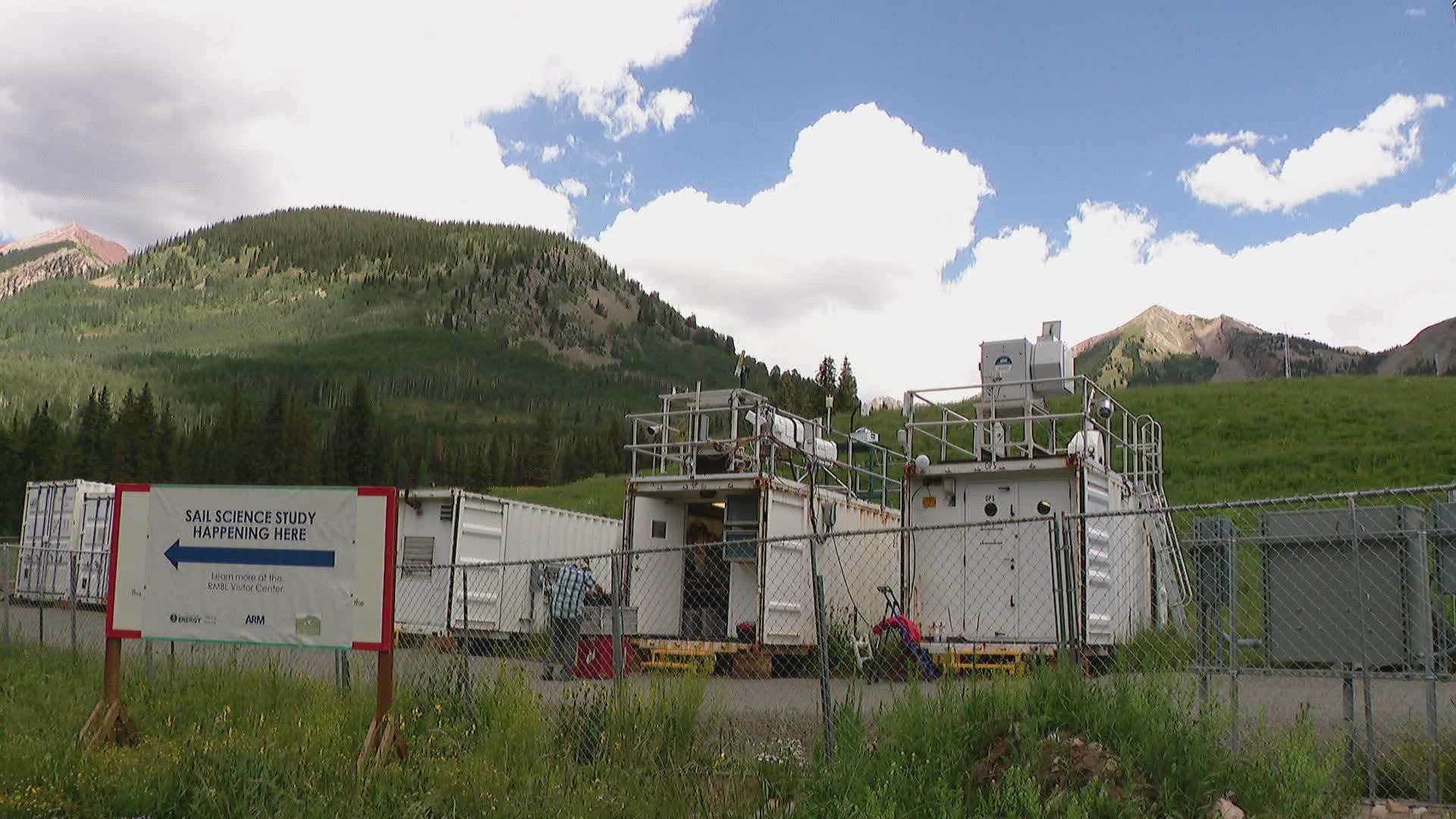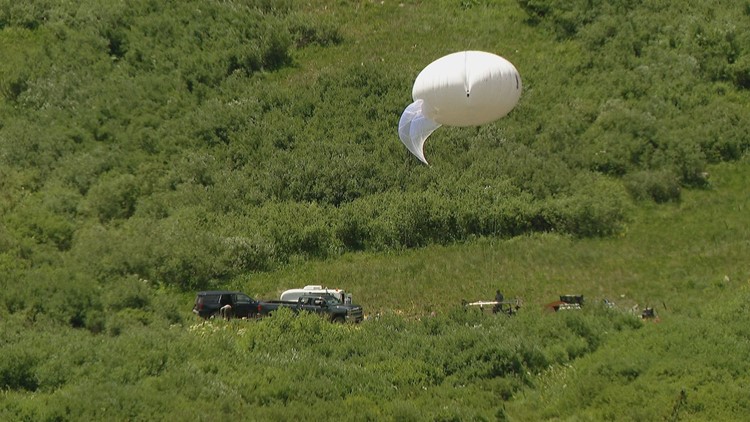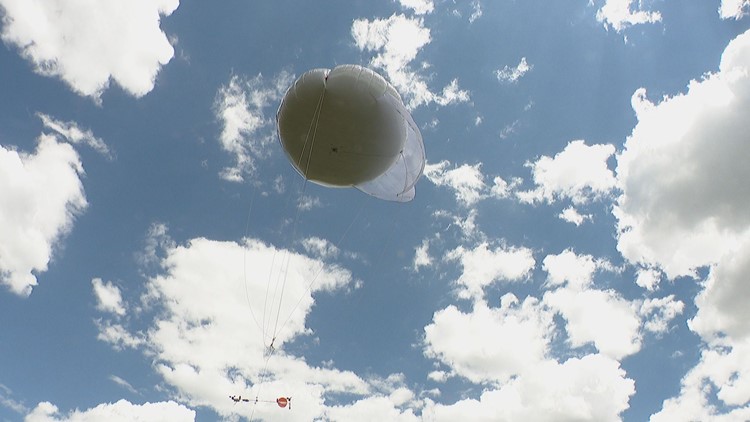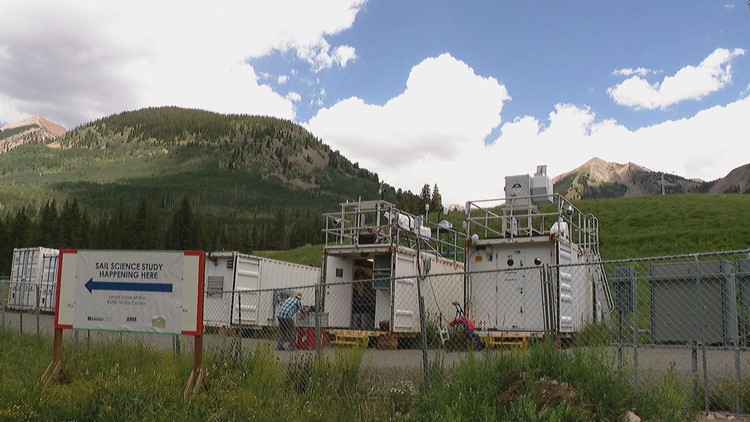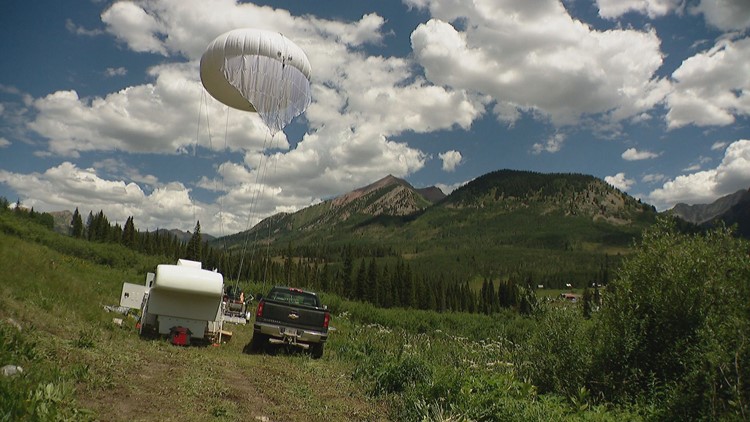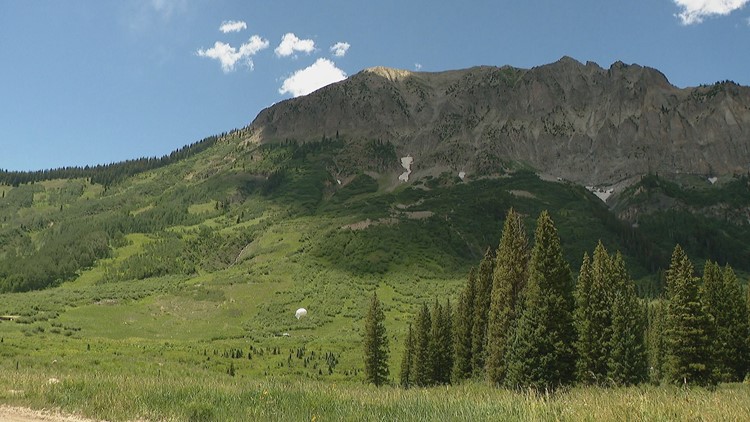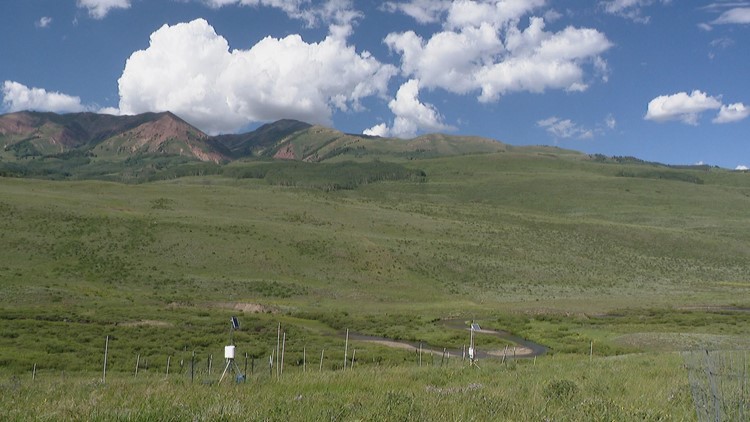CRESTED BUTTE, Colo. — The Crested Butte region has it all — flowers, streams and towering peaks — and now it's also temporarily home to a research facility that's part of a program unlike any other.
“This is really North America’s first atmosphere-to-bedrock field observatory,” said Ken Williams, senior scientist for Lawrence Berkeley National Laboratory in California. “These just don’t exist.”
Williams, who has been tracking groundwater levels in the East River Valley near Crested Butte since 2014, is talking about the SAIL project, short for Surface Atmospheric Integrated Field Laboratory.
The project brings in equipment to make atmospheric measurements —something that Williams said will give a more complete picture of what’s happening in the valley when combined with his look into what is happening below ground.
“The groundwater is there as a result of year after year, decade after decade, millennia after millennia of snowmelt slowly making its way into groundwater,” he said. “The atmospheric measurements are really the gold standard for understanding where, when and how precipitation falls in a mountainous system like this.”
He said the findings with SAIL will help with understanding what water will look like in the West for years to come.
“Water users and managers downstream are going to hopefully be able to take the information we learn here to really make hard decisions regarding the future of water usage, not only in this basin, but the rest of the U.S.,” Williams said. “These beautiful fields of wildflowers, these gorgeous green grasses, these streams filled with trout, they’re not around without water.”
Colorado project could guide decisions on future water usage
The equipment scattered throughout the Gothic and Crested Butte area is part the U.S. Department of Energy’s Atmospheric Radiation Measurement (ARM) facility. It started collecting data last September and will be in the valley until next June. The data ARM that collects is made available for free to researchers and institutions worldwide.
“Once they got everything in place and the data started to stream in, you know I think I had a smile on my face for at least six months. It was absolutely incredible — I guess I still have a smile on my face,” said Williams, smiling.
Some of that ARM equipment is inconspicuous, and some is hard to miss, like a large, tethered balloon that hovers near Gothic Mountain in Gothic.
“It’s a really great place to operate, but it would be great if it was slightly less challenging to operate a balloon beside a giant mountain,” said Darielle Dexheimer, who is with Sandia National Laboratories, a Department of Energy lab.
Dexheimer is supporting the ARM research program, operating the balloon that helps make atmospheric measurements.
“Sometimes it’s like dust or even sea salt from the ocean,” she said. “All of those aerosols impact the climate differently because they radiate light differently and they allow water to condense on them differently.”
These results, along with what Williams has observed underground, could help researchers better understand what is happening with the climate and climate change, and that, Williams and Dexheimer said, affects everyone.
“Climate change is an obvious impact to everyone,” Dexheimer said. “It impacts how we grow our food, and how we’re going to have enough water, and how we’re going to make enough energy to keep ourselves cooled and heated.”
Williams has spent years studying this watershed that eventually feeds into the Colorado River, a major source of water for the West.
“When you sort of look at the bank account of water here in mountainous watersheds like this, we’re running up close to being overdrawn,” he said. “The measurements we’re making are going to be really important to our collective understanding for how fragile these mountainous systems are, particularly as water becomes an increasingly scarce resource.”
> Top stories curated daily just for you! Sign up for the 9NEWSLETTER to get can’t-miss stories, Next and Broncos content, weather and more delivered right to your inbox.
SUGGESTED VIDEOS: Colorado Guide
9NEWS+
9NEWS+ has multiple live daily shows including 9NEWS Mornings, Next with Kyle Clark and 9NEWS+ Daily, an original streaming program. 9NEWS+ is where you can watch live breaking news, weather updates, and press conferences. You can also replay recent newscasts and find videos on demand of our top stories, local politics, investigations and Colorado specific features.
To download 9NEWS+ on Roku search for KUSA.
To download 9NEWS+ on Fire TV search for 9NEWS.

